Our story start with the word
HISTORY /
OF BLUE
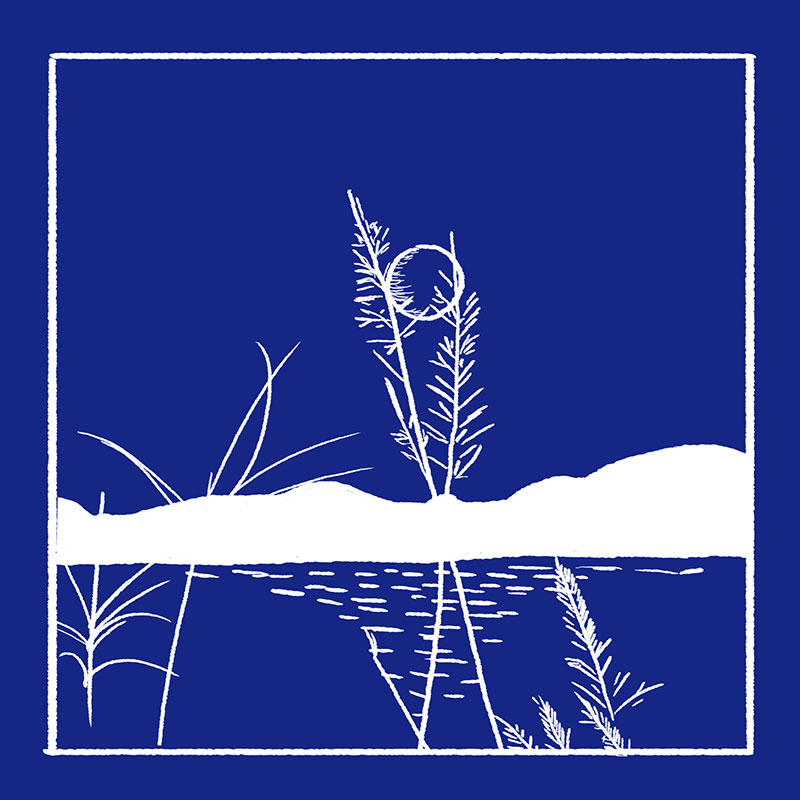
Nature Provides us With Plentiful of Blue Color
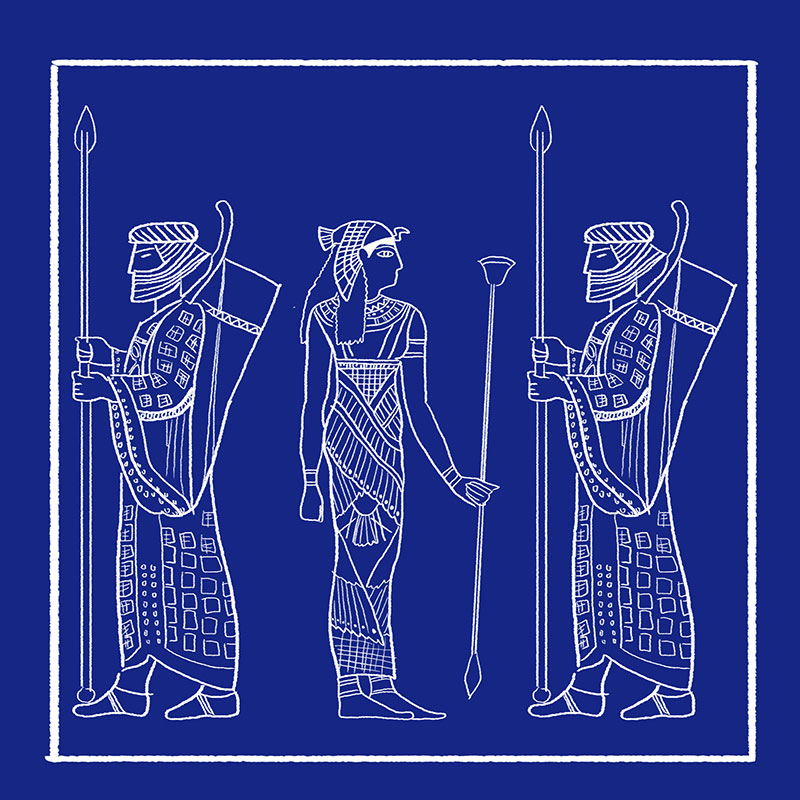
The Color For Nobles and Its Influence In World Culture
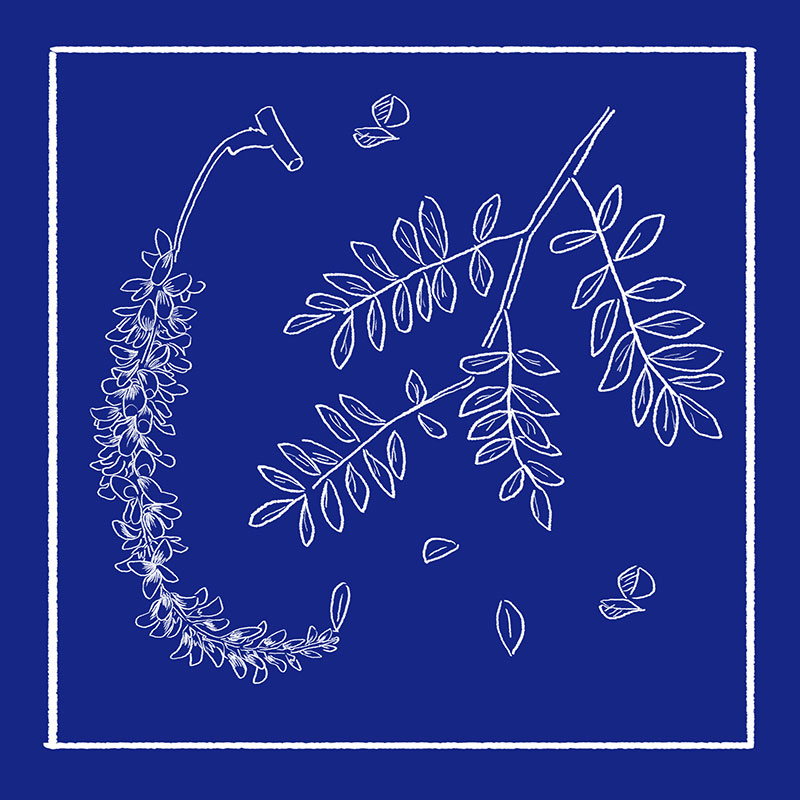
Natural Blue Comes From Plants
of blues, there is only one real dye,
Indigo (Indigofera Tinctoria), is the only real plant that can produce real shade of blue and has been used for centuries ago by many civilization in the world, especially Asia to produce rich and beautiful shades of blue that cannot be replicated by synthetic dyes. Indonesia has a deep connection with indigo since centuries ago.
Java is actually one of the biggest indigo plantation back in 16th centuries, providing Dutch East Indies company with plentiful of blue dyes commodities marketed in Europe as luxury dyes. As an Indonesian brand, we are really passionate in preserving our culture through natural indigo dyeing which we apply into a relevant form of clothing.
The process of extracting indigo until it can result into shades of blue is not an instant process, lots of manual and hand process involved inside. First we need to manually farm the plant for about 3-4 months before we can actually reap the plants. Afterwards, a manual fermentation of the plants is required to extract the indigo to produce a paste form extract which is then we take to our own workshop and apply it to our clothes.
The history and spiritual relation about the color blue was what led us to exploring more about indigo, and its relations to people remains as one of our main inspirations.
-
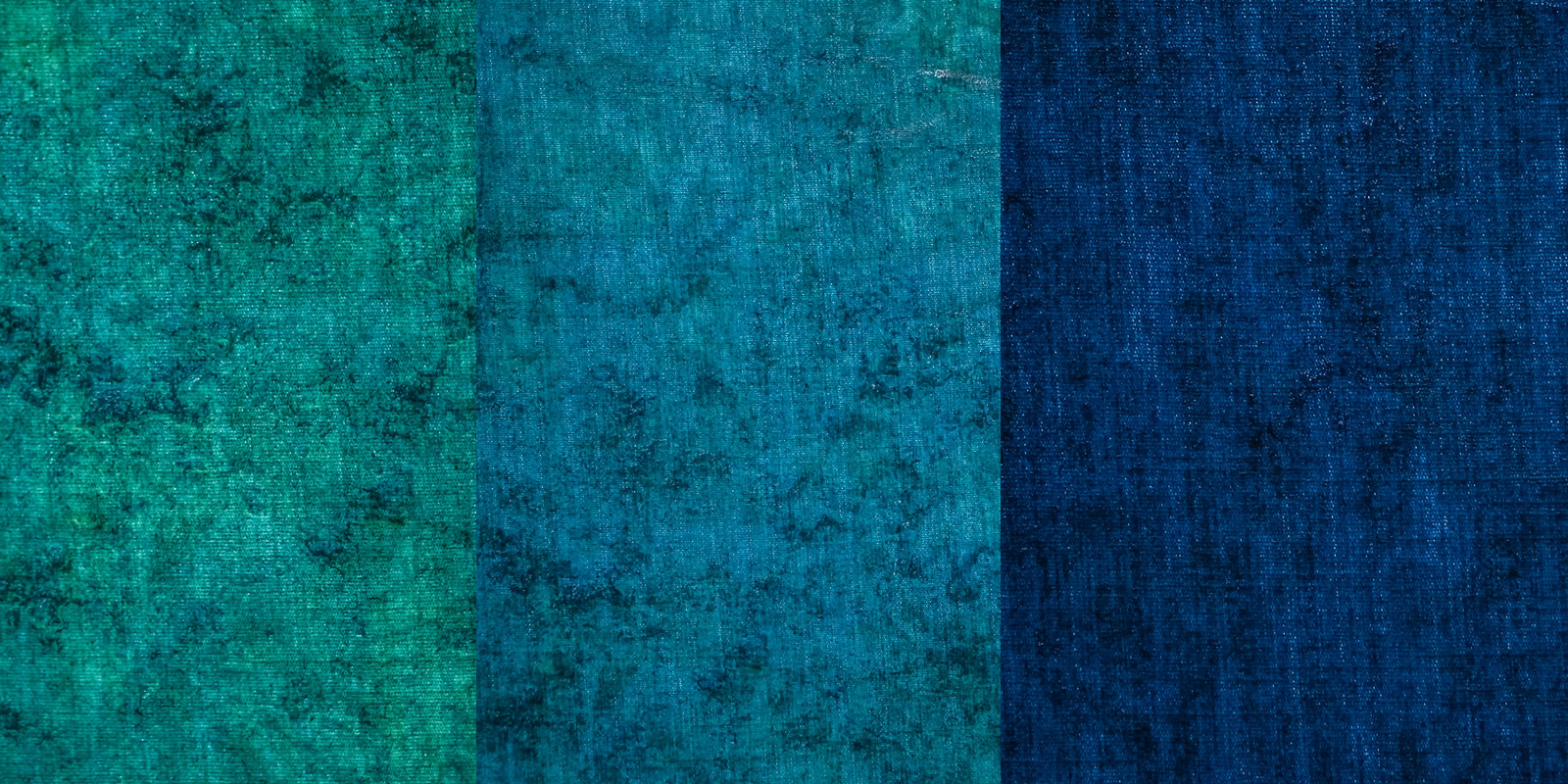 Natural Indigo DyeingIndigo as the main source of blue shade color for in the past, extracted from many type of plants but mostly indigofera. Its unique production methods with their spiritual associations, and the beauty of the colors produced on a wide range of textiles, have lent an aura of mystique which still lingers on today. No other dyestuff has been valued by mankind so widely and for so long as one of the world's oldest dyes, it remains the last natural dye used in places that have embraced synthetic dyes for every other color. as cited from Indigo
Natural Indigo DyeingIndigo as the main source of blue shade color for in the past, extracted from many type of plants but mostly indigofera. Its unique production methods with their spiritual associations, and the beauty of the colors produced on a wide range of textiles, have lent an aura of mystique which still lingers on today. No other dyestuff has been valued by mankind so widely and for so long as one of the world's oldest dyes, it remains the last natural dye used in places that have embraced synthetic dyes for every other color. as cited from Indigo
- Jenny Balfour-PaulSEE HOW WE DYE -
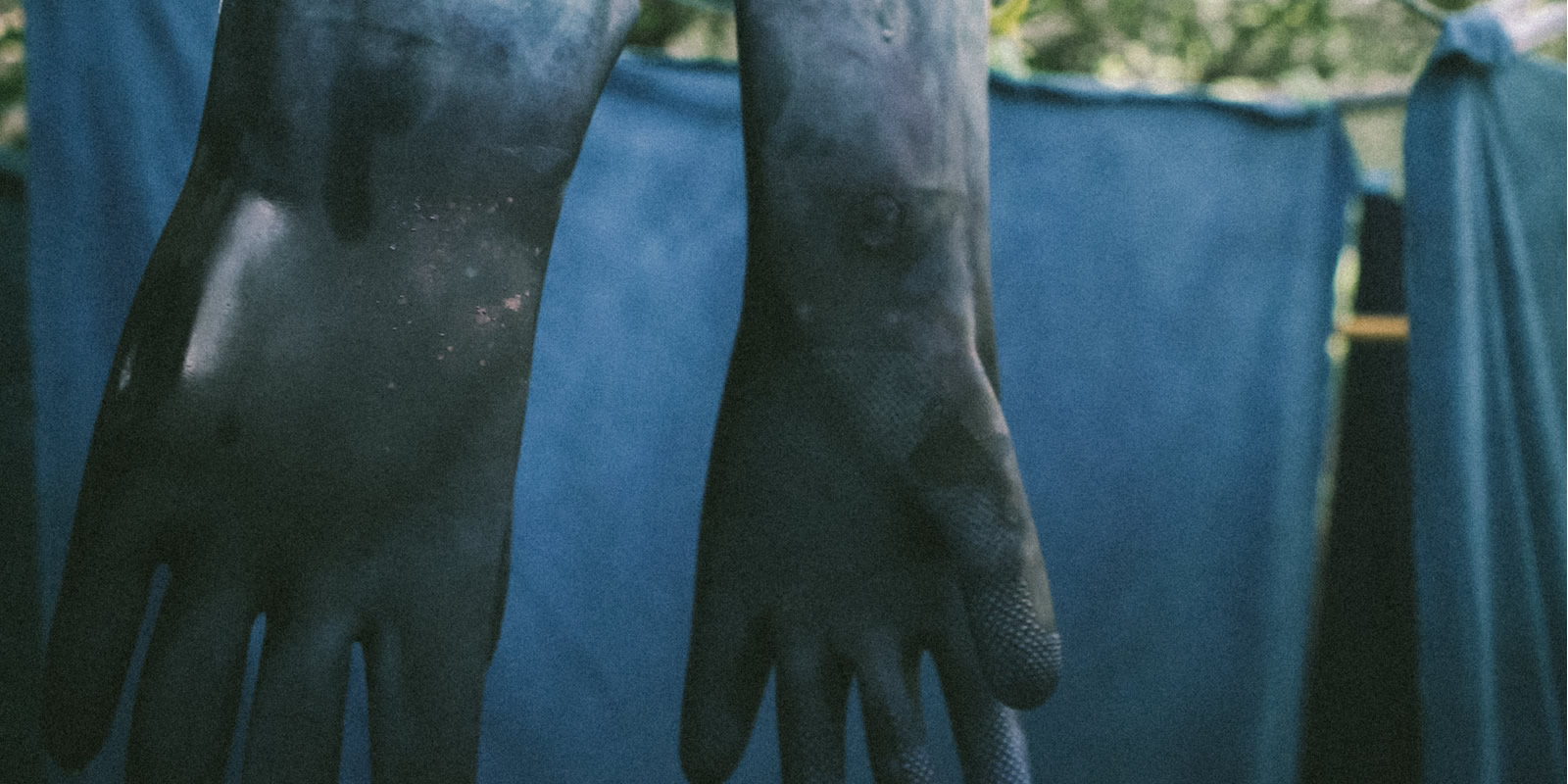 Natural Dyes and Its ColorsNatural dyes are colorants extracted from plants, mineral, or animal. The most common source of natural dyes comes from various parts of exotic plants. Each plant has its own unique colors and vibe that can not be replicated by synthetic dye. This is what our ancestor use on their fabrics, their arts, and many aspect of their life back in the good old days.See How We Dye
Natural Dyes and Its ColorsNatural dyes are colorants extracted from plants, mineral, or animal. The most common source of natural dyes comes from various parts of exotic plants. Each plant has its own unique colors and vibe that can not be replicated by synthetic dye. This is what our ancestor use on their fabrics, their arts, and many aspect of their life back in the good old days.See How We Dye -
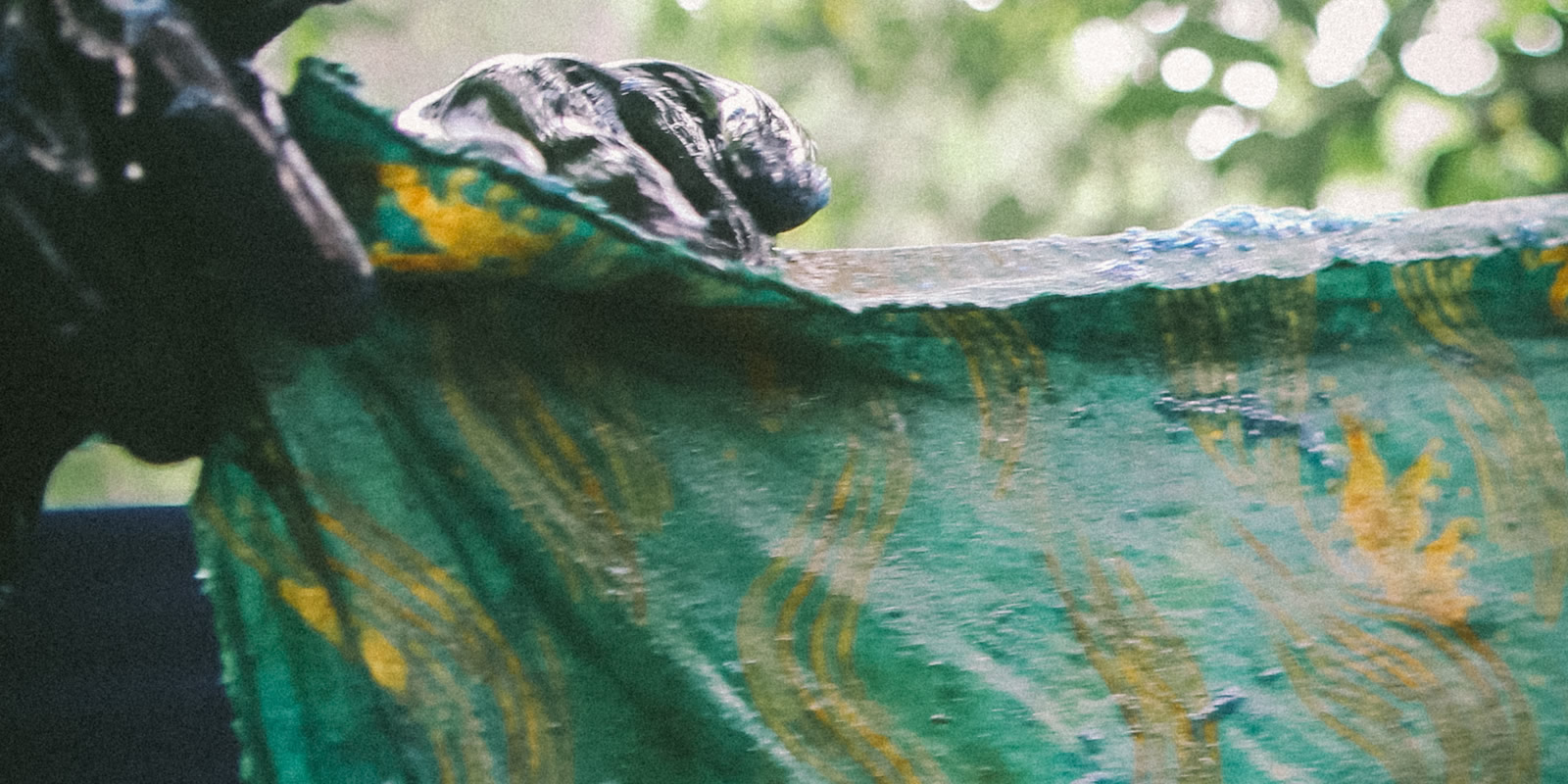 Natural Dyes and Its ColorsBluesville is lucky enough to be born in Indonesia, where the land is graced by constant sunshine and the home of thousands of various plant species. This makes a perfect combination for natural dye explorations. We gather our sources for dyeing from various places around Indonesia such as Java, Sumba, Kalimantan, and of course our own backyard. It is also common that local fruit merchants or vegetable merchants would drop their bad products or wastes to our workshop so we can use it as dye source. One can see a pile of onion skins, dogfruit or jengkol (Archidendron pauciflorum) skins, rancid mangosteen, wood ash from mills, and many more in our workshop.See How We Dye
Natural Dyes and Its ColorsBluesville is lucky enough to be born in Indonesia, where the land is graced by constant sunshine and the home of thousands of various plant species. This makes a perfect combination for natural dye explorations. We gather our sources for dyeing from various places around Indonesia such as Java, Sumba, Kalimantan, and of course our own backyard. It is also common that local fruit merchants or vegetable merchants would drop their bad products or wastes to our workshop so we can use it as dye source. One can see a pile of onion skins, dogfruit or jengkol (Archidendron pauciflorum) skins, rancid mangosteen, wood ash from mills, and many more in our workshop.See How We Dye -
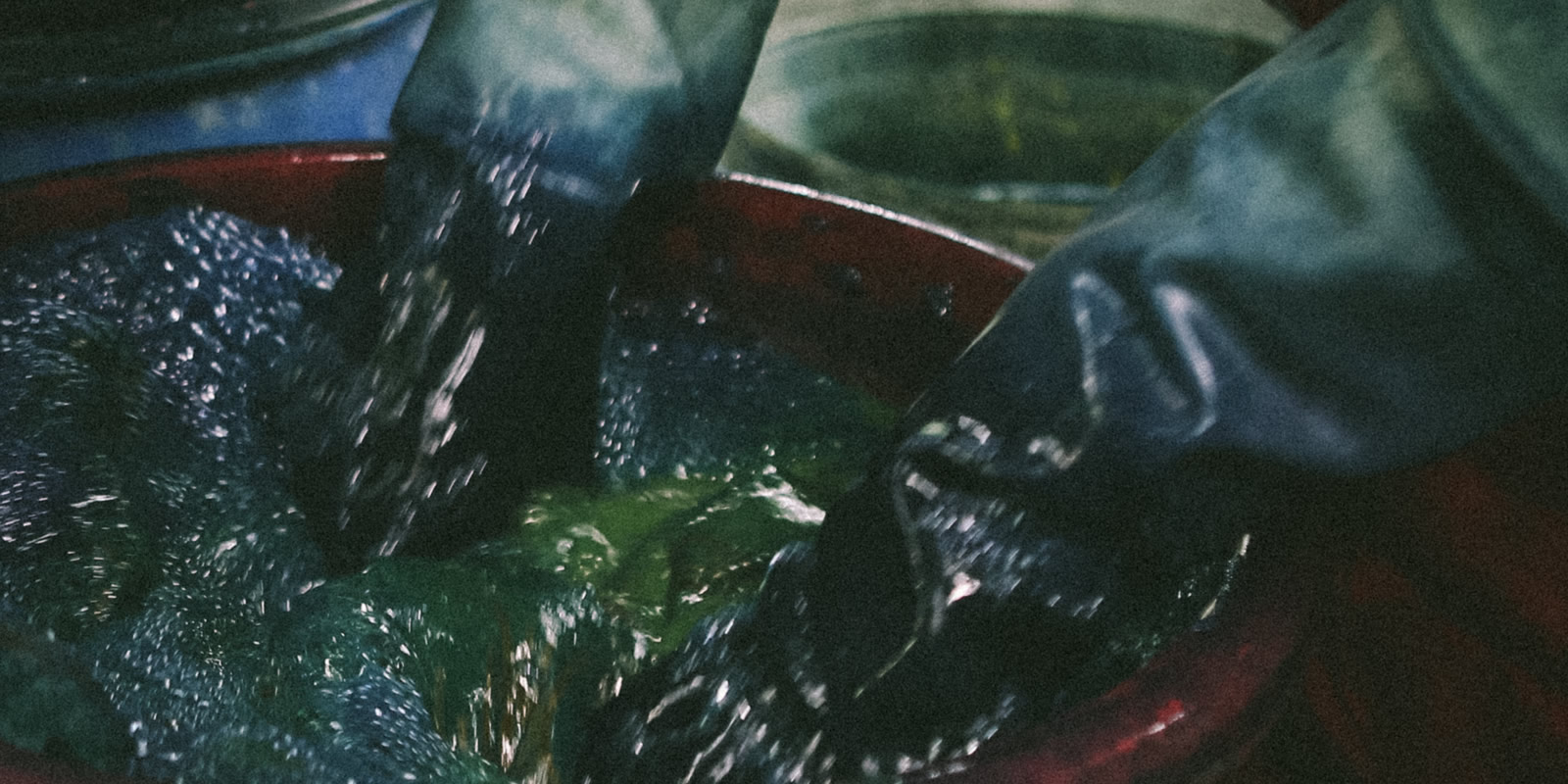 Hand-Dyeing ProcessEverything is done by hand. From the chopping of dye stuff, extraction, mordanting and dyeing itself is done by hand thanks to our admiration of traditional technique. Successful dyeing also depends on the weather condition and water condition. A little change in these variables can lead to a various shades of color output, that's way understanding the nature and harmony between natural factors is always the key. This is a delicate and labor intensive process. There is no identical product in natural dyeing process as a result, and each garment is unique in its own way.See How We Dye
Hand-Dyeing ProcessEverything is done by hand. From the chopping of dye stuff, extraction, mordanting and dyeing itself is done by hand thanks to our admiration of traditional technique. Successful dyeing also depends on the weather condition and water condition. A little change in these variables can lead to a various shades of color output, that's way understanding the nature and harmony between natural factors is always the key. This is a delicate and labor intensive process. There is no identical product in natural dyeing process as a result, and each garment is unique in its own way.See How We Dye -
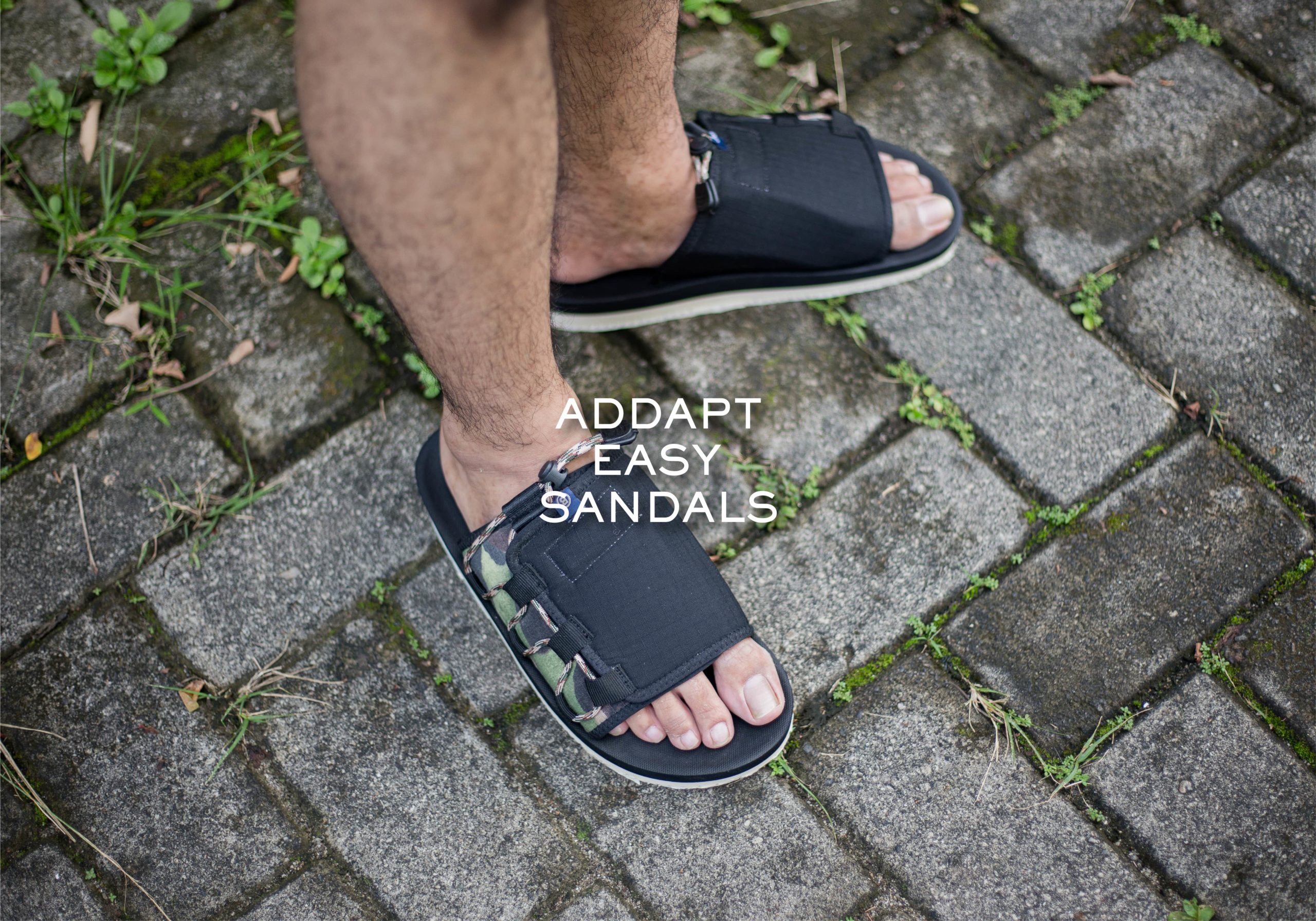
-
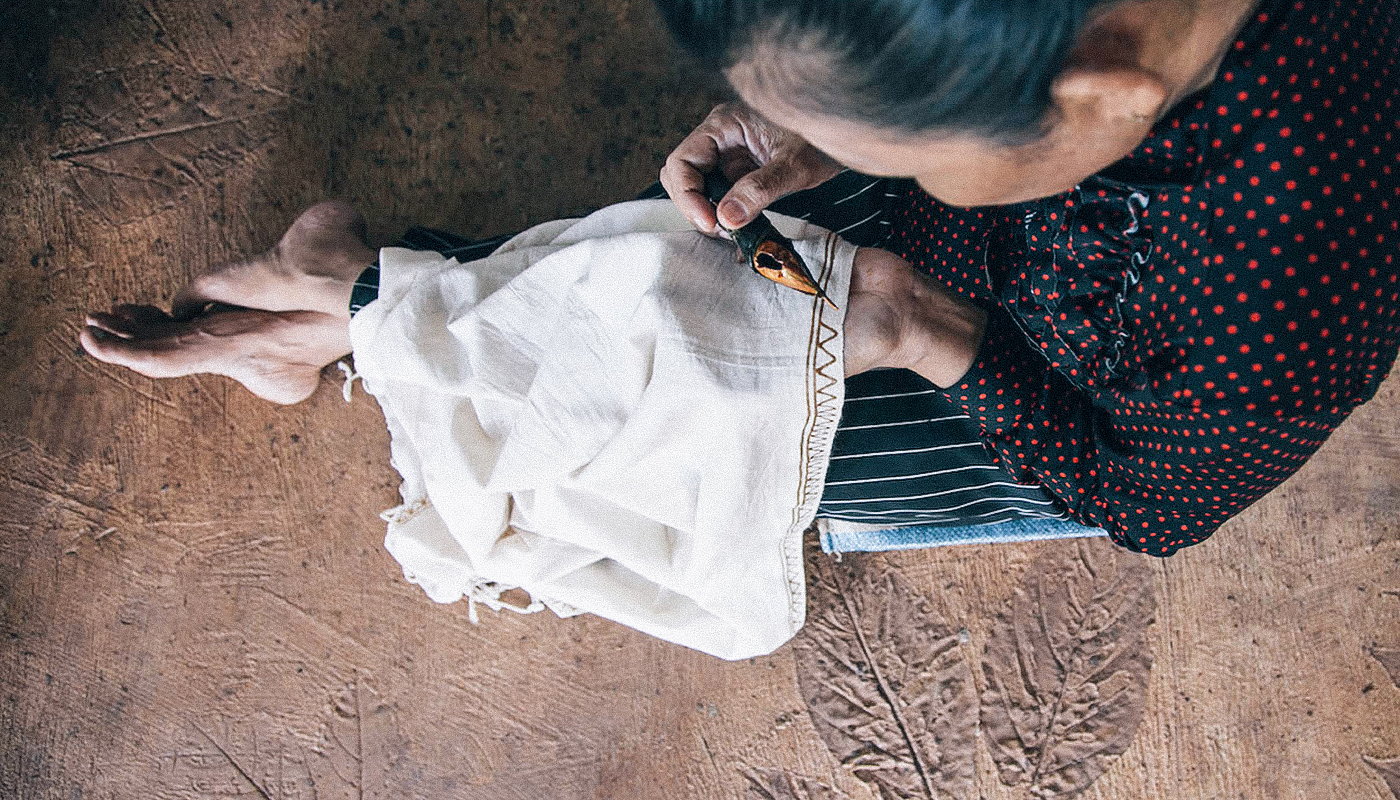 Indonesian BatikIndonesia is the foremost place where you can find one of world's ancient traditional art still being practised until today, which is batik. Batik in Indonesia is sometimes considered a sacred thing, a cultural art with many myth and legends surrounding its art and process. Bluesville is trying to preserve this ancient art and process through our own value and design. We always believe that batik is not just the art, but the process behind it is the most important thing.SEE HOW WE DO BATIK
Indonesian BatikIndonesia is the foremost place where you can find one of world's ancient traditional art still being practised until today, which is batik. Batik in Indonesia is sometimes considered a sacred thing, a cultural art with many myth and legends surrounding its art and process. Bluesville is trying to preserve this ancient art and process through our own value and design. We always believe that batik is not just the art, but the process behind it is the most important thing.SEE HOW WE DO BATIK -
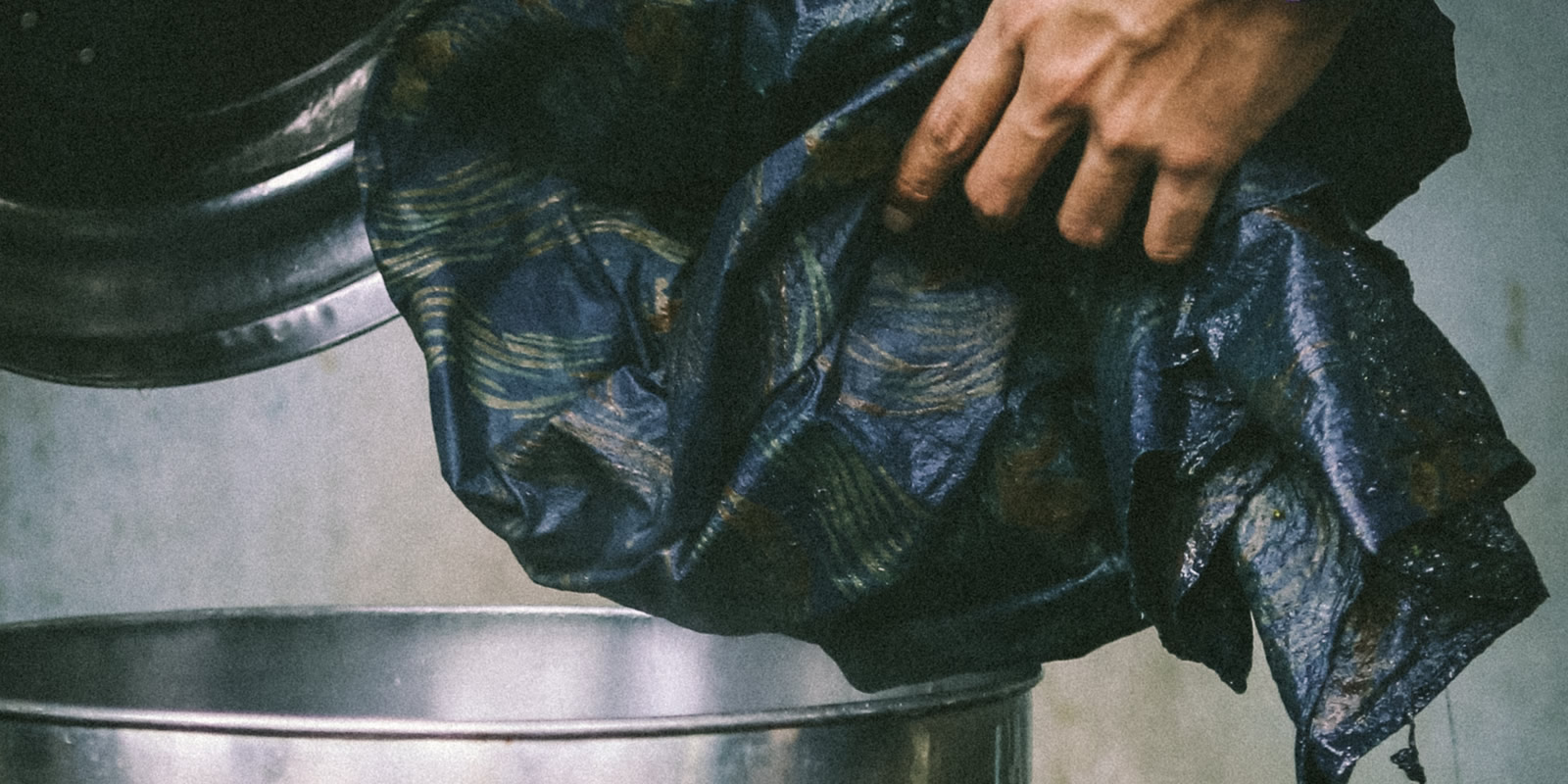 Traditional Batik ProcessBatik originated from Indonesia is well-known worldwide for its beauty for thousands of years. Patterns from batik technique were created from a resist-dye material such as beeswax from Borneo Island. This wax is then written and drawn on a fabric to resist natural dye while creating beautiful and unique patterns.SEE HOW WE DO BATIK
Traditional Batik ProcessBatik originated from Indonesia is well-known worldwide for its beauty for thousands of years. Patterns from batik technique were created from a resist-dye material such as beeswax from Borneo Island. This wax is then written and drawn on a fabric to resist natural dye while creating beautiful and unique patterns.SEE HOW WE DO BATIK -
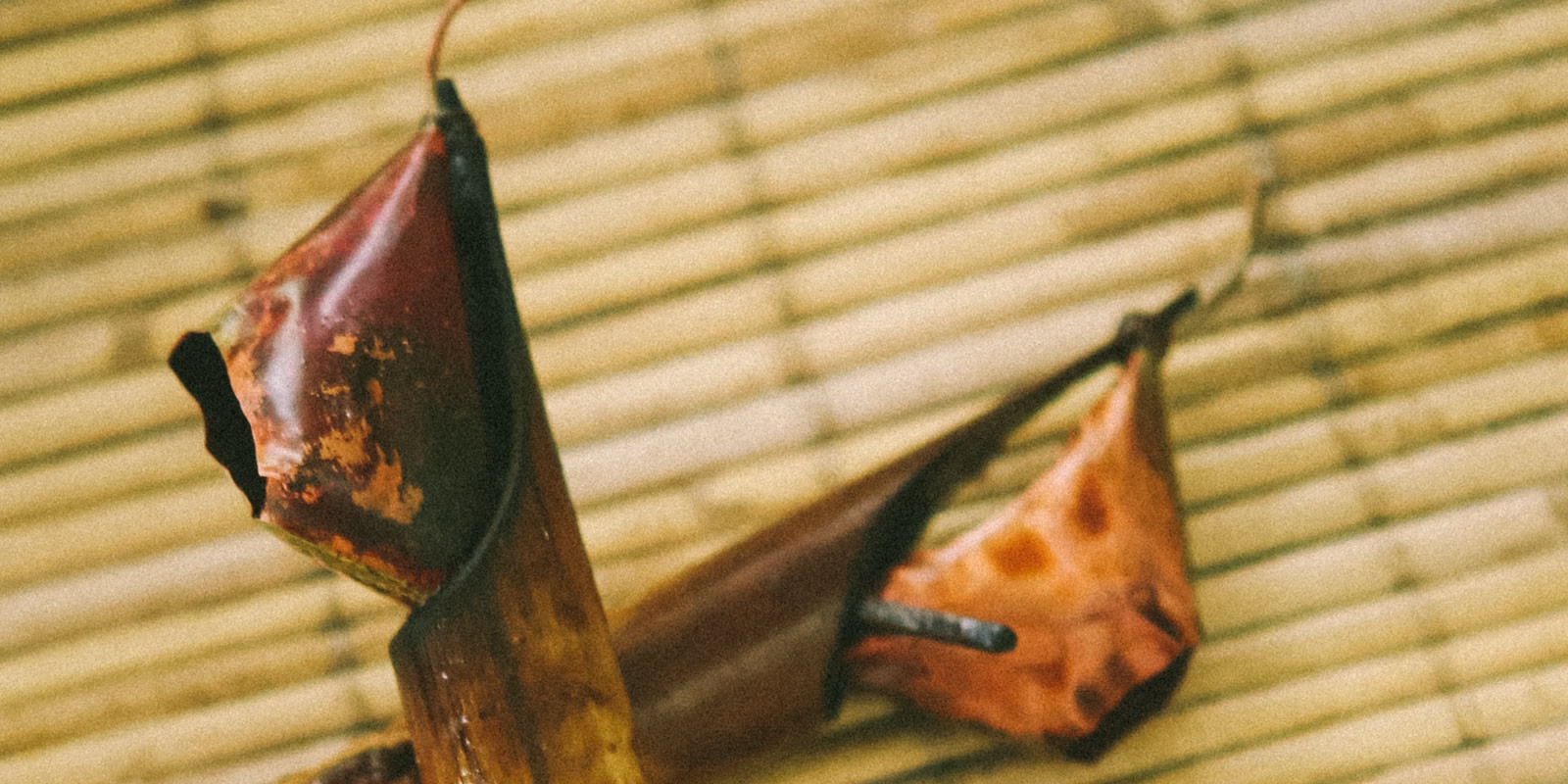 Handdrawn & HandwrittenBluesville also embrace the beauty of batik technique by nurturing local batik artisans in our own workshop. We always use the most traditional technique of batik which still use canting and wax to achieve a more modern pattern we want, this technique is more time consuming and labor extensive but the uniqueness and value cannot be replaced by modern printing technique.SEE HOW WE DO BATIK
Handdrawn & HandwrittenBluesville also embrace the beauty of batik technique by nurturing local batik artisans in our own workshop. We always use the most traditional technique of batik which still use canting and wax to achieve a more modern pattern we want, this technique is more time consuming and labor extensive but the uniqueness and value cannot be replaced by modern printing technique.SEE HOW WE DO BATIK
-
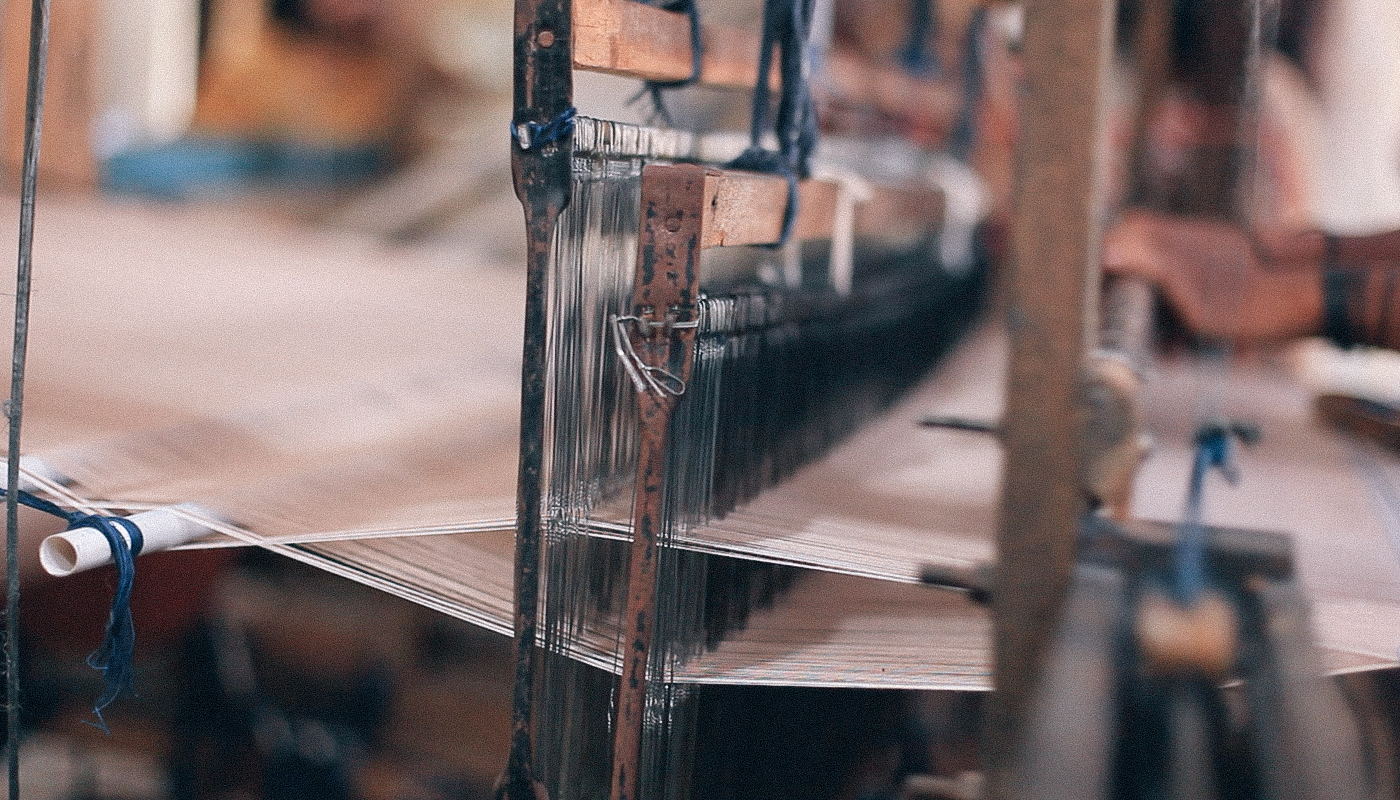 Traditional TenunTo stay true to our traditional concept, we are also doing partnership with some of the best local artisans in handwoven fabrics with more than 40 years of experience in the field. By partnering with them, we are graced with a beautifully hand-made fabrics which is unique to Bluesville as well as pushing our local artisans to produce more quality fabrics in the future.SEE HOW WE WEAVE
Traditional TenunTo stay true to our traditional concept, we are also doing partnership with some of the best local artisans in handwoven fabrics with more than 40 years of experience in the field. By partnering with them, we are graced with a beautifully hand-made fabrics which is unique to Bluesville as well as pushing our local artisans to produce more quality fabrics in the future.SEE HOW WE WEAVE -
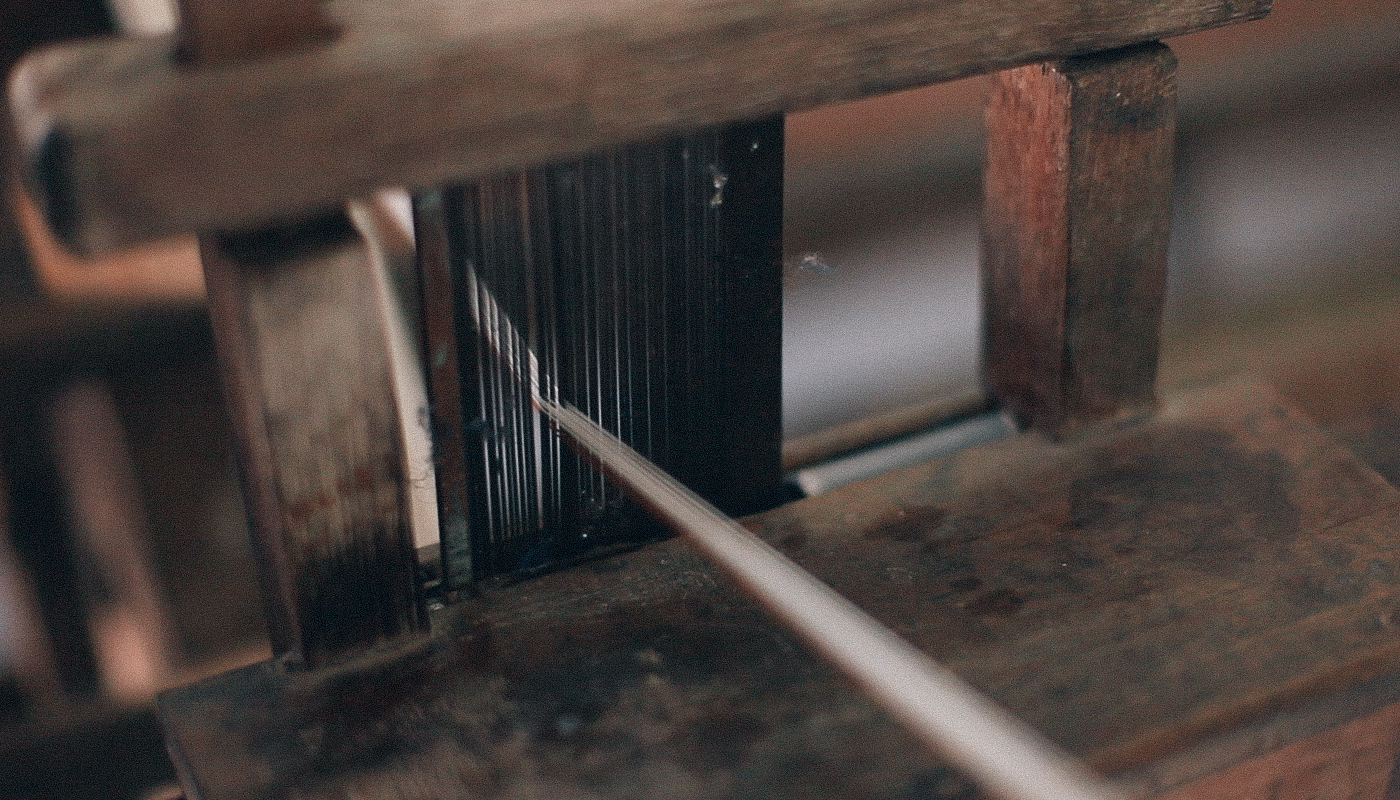 Handwoven FabricThis traditional handweaving/tenun concept that we embrace led to a mutual partnership that not only resulting in higher quality fabrics from our homeland, but also preserving the traditional way of weaving fabrics that has been done from centuries ago. We're proud of our unique quality handwoven fabric including cotton slub chambray, ramie-cotton blend fabrics, cotton dobby fabrics, jacquard fabrics, and more.SEE HOW WE WEAVE
Handwoven FabricThis traditional handweaving/tenun concept that we embrace led to a mutual partnership that not only resulting in higher quality fabrics from our homeland, but also preserving the traditional way of weaving fabrics that has been done from centuries ago. We're proud of our unique quality handwoven fabric including cotton slub chambray, ramie-cotton blend fabrics, cotton dobby fabrics, jacquard fabrics, and more.SEE HOW WE WEAVE
There was time where people have to travel across the globe to get a certain color. There was time when color is symbol of pride and status. All civilization has find its way in producing the perfect color. In many culture, natural dye is so sacred that it’s irreplaceable with any other dye.
Bluesville continues the tradition of respecting color by extracting it directly from nature. Creating a unique character of color that cannot be replicated by man made dye. Process that takes more time and efforts to do. Process that takes passion and understanding of harmony between natural factors.
Traditional Values /Modern Interpretation
We make natural dye accessible to everybody by making it in more suitable and practical form for everyday wear. With inspiration from the world heritage of fine quality clothing, we use every aspect of our own native tradition.
From batik to traditional hand woven fabric, we continue working with our best craftsmen from many central creative and traditional textile artisans in many places of Indonesia.
In Bluesville, We respect our color.
